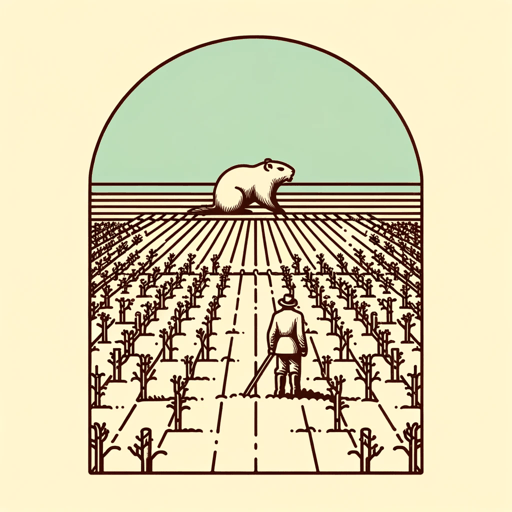17 pages • 34 minutes read
Maxine KuminIn the Park
Fiction | Poem | Adult | Published in 1989A modern alternative to SparkNotes and CliffsNotes, SuperSummary offers high-quality Study Guides with detailed chapter summaries and analysis of major themes, characters, and more.
Poem Analysis
Analysis: “In the Park”
Kumin’s “In the Park” is a free verse poem that consists of four stanzas of varying lines, with each stanza ranging from four to 10 lines long. Written in a fluid poetic style, in which some lines extend to the edge of the page (Line 12, for instance) and others are short and brief (as is the case with Line 16), “In the Park” also uses two instances of end rhyme to conclude two of the stanzas. These formal elements add structure to an otherwise structureless poem and represent moments of finality, which directly plays into Kumin’s overarching theme of death and dying.
Written in a variety of perspectives, “In the Park” begins with the second person point of view. The speaker makes a statement about the “You” (Line 1), speaking directly to the reader of the poem, telling you how many days you have between “death and rebirth” (Line 2). By opening the poem in this way, Kumin establishes this statement as fact, which she proves and illustrates throughout the rest of the poem. Kumin’s choice to use the example of Buddhism rather than another religion highlights the concept of rebirth or a return to life, themes that recur throughout the poem and are prominent tenants of the eastern religion.


